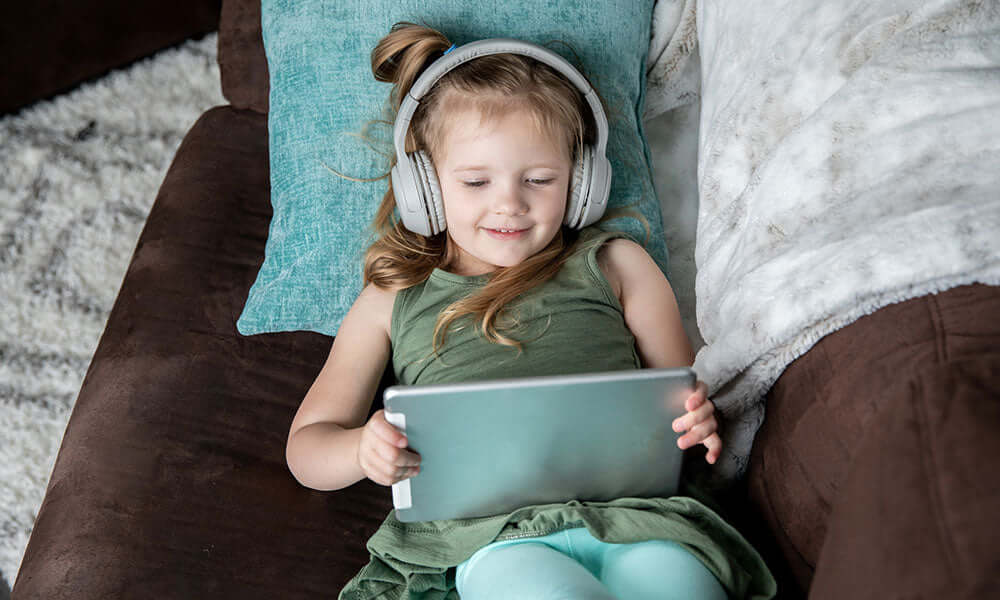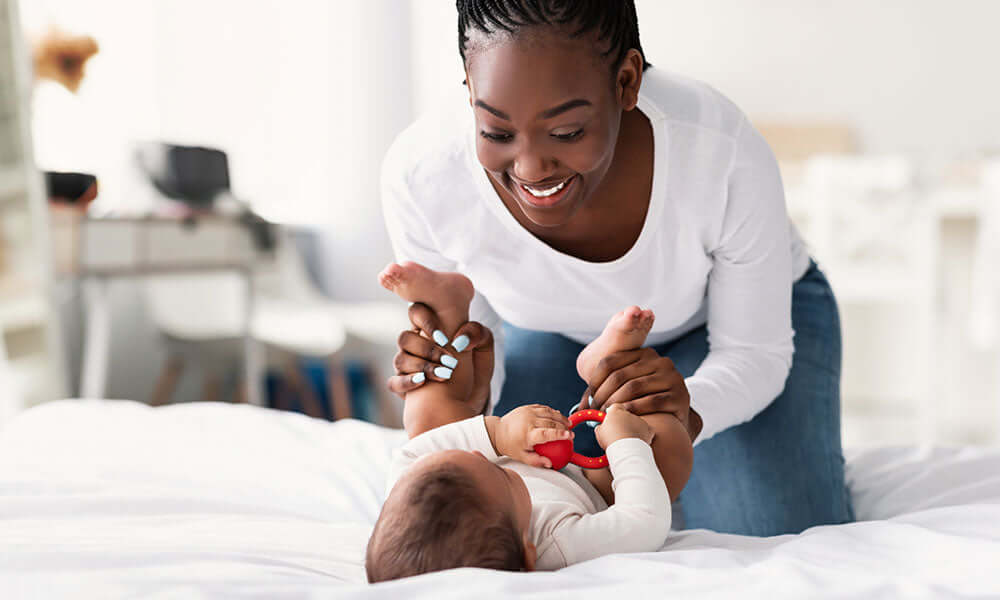Screens are part of my family’s life. I’m not writing this from a pristine, unplugged paradise where my kids whittle wooden toys and churn butter for fun. I’m writing this after my 3-year-old and 5-year-old just watched Bluey so I could answer a few emails. And honestly? I’m grateful.
But like most parents I know, I’m also trying to figure it out. To strike the elusive balance between screens as lifeline and screens as default. To keep technology from running the show—or at least the entire afternoon.
We’re working on setting limits that feel realistic and rooted in intention. We’re asking questions like: Why are we turning on a screen right now? What role do we want screens to play in our home? What kind of habits are we modeling?
Some days, I feel like we’re nailing it. Other days, I’m the one holding my phone at the dinner table, asking my kids to please look up while not doing it myself.
What the research says
The American Academy of Pediatrics (AAP) has moved away from rigid screen time limits and instead encourages a balanced, intentional approach. Their Family Media Plan tool is designed to help families tailor their tech use around values, routines, and needs, rather than arbitrary numbers. The message is: it’s not just how much screen time, but how it’s used and what it displaces.
In other words: content, context, and connection matter.
Dr. Jenny Radesky, a developmental behavioral pediatrician and leading researcher on kids and media, emphasizes co-viewing and conversation. Watching a show or playing a game together helps kids make sense of what they’re seeing and connect it to real life. It also helps us as parents stay aware of what they’re actually consuming. (Turns out Bluey is pretty wonderful. So are Octonauts and the original Sleeping Beauty, our current household hits.)
Recent studies also show that quality over quantity is key. A 2023 review published in Pediatrics found that screen time that’s passive, isolating, or displaces sleep and physical activity is more likely to have negative effects. But screen time that’s interactive, social, or educational? Much less concerning.
So that’s where we’re trying to land—not in fear or guilt, but in purpose.
What this looks like in our house
We’ve created a few loose, family-wide screen guidelines:
- No screens at the table. Meals are for togetherness, even if that means complaining about vegetables.
- Family movie night is sacred. Popcorn, pajamas, and a shared story on the couch. These are the moments I want my kids to remember.
- My phone stays out of the bedroom. I don’t want the first or last thing I see each day to be notifications. When I follow this rule, I feel noticeably better. Less scattered. More present.
I’m trying, too, to ask the same questions of my screen habits that I ask of my kids’. Why am I reaching for my phone right now? What is it doing for me? What is it keeping me from?Sometimes I really need the break. Sometimes I really need to just be a little bored. I’m still learning to tell the difference.
Screens aren’t good or bad. They’re tools.
And like any tool, they can be used in ways that nourish or deplete. My hope is to model enough balance that my kids grow up knowing how to engage thoughtfully, take breaks when they need to, and use tech with awareness—not shame.
Screens aren’t going anywhere. But neither are the things that matter most: connection, curiosity, rest, play. That’s the balance I want to keep in focus. We won’t get it right every day, but that’s okay. Like everything in parenting, it’s a work in progress.
If you’re navigating this too, I see you. I’d love to hear what’s working for you—what boundaries you’re setting, what you’ve let go of, what you’re still figuring out.
We’re all building our media plans—and our family lives—in real time.



